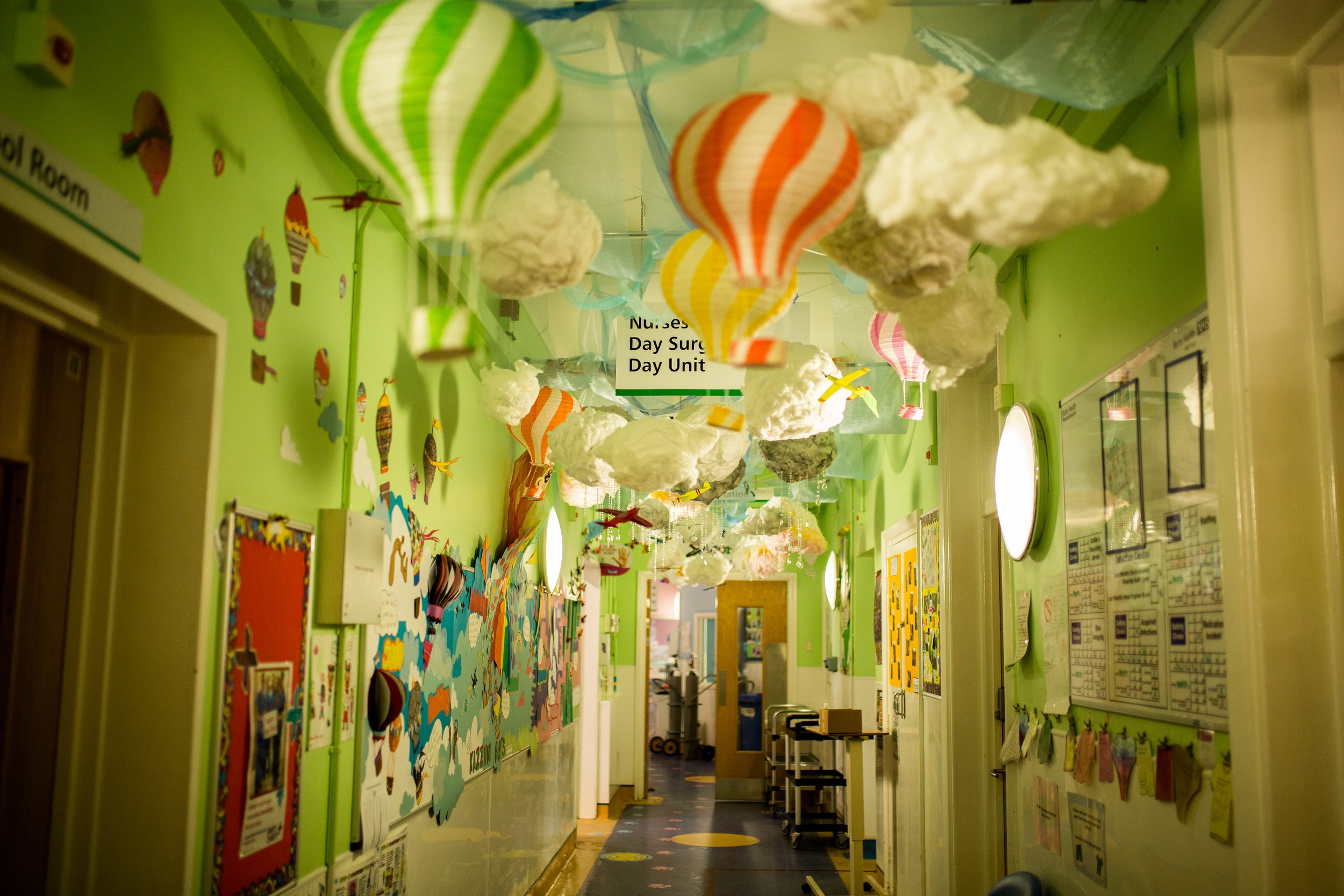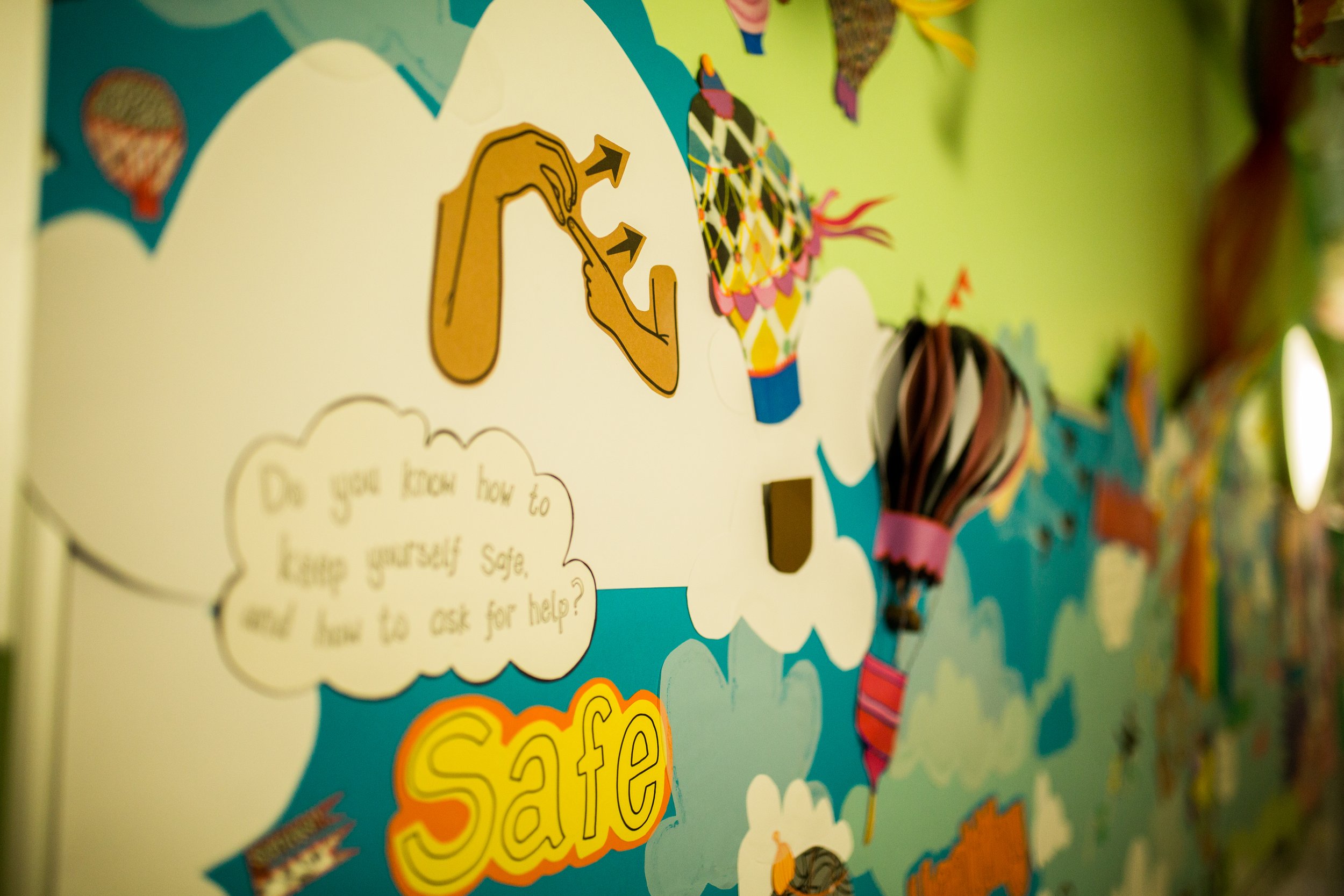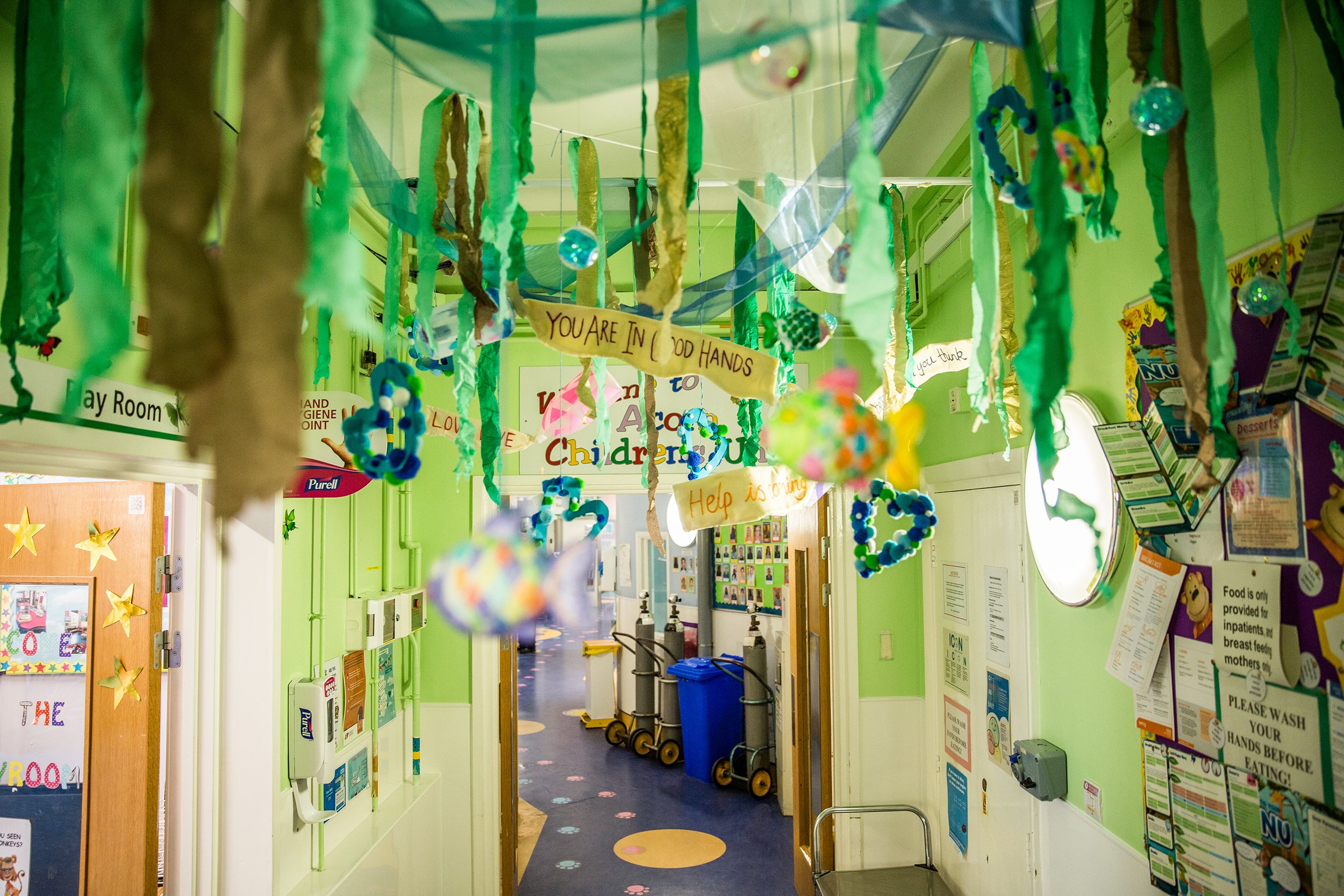One Year with Apollo
A hospital stay can be a source of great anxiety and isolation for children and young people. They may be admitted to a hospital ward, to stay for an extended period of time without the comfort of a home environment that they are used to. It can be a scary and stressful, which can increase a young person’s likelihood of experiencing mental ill-health.
Intervention must happen before the consequences of prolonged low mental health can take effect. Our Apollo Programme was developed to support young people during this time. Along with evidence backing the act of creating art as a way to alleviate anxiety and loneliness, there is also a growing understanding of the effect that viewing artwork can improve mental health in hospital patients as well. Both of these points have been integrated into our Apollo project, which gives children and young people on hospital wards access to creative art workshops with dedicated practitioners, and uses the work from these sessions to decorate the wards themselves.
This year we were generously funded by Waltham Forest Council and Children in Need to deliver 3 week-long residencies at Whipps Cross hospital, coinciding with summer, autumn and winter. The resulting artworks and installations are a reflection of the resilience, creativity and originality of children and young people on the ‘Acorn Ward’.
Photograph by Becky Bailey
Our first residency was developed in part as a response to the COVID-19 epidemic. The theme of ‘Up, Up and Away’ expressed optimism - looking towards nature and the freedom to go outside after lockdown. The cathartic effect of nature in times of stress and distress has been well-documented, and it is now thought that the very process of responding to nature in a creative way can lead to increased levels of happiness. With this in mind the aim was to build an immersive environment with the children and young people, and offer a moment of calm and connection throughout the walls and ceilings of the children’s ward via an array of multi-sensory artworks.
An important facet of the ‘Up, Up and Away’ project was the research undertaken into the principle of SHANARRI, as a way of talking about indicators of wellbeing with the children and young people and assess where support may be needed most. This was a great way to encourage self-reflection and discussion once the project was completed and was a significant component within the creativity packs left with the children and young people once the installation and residency itself was finished.
The second stage of the Apollo project was developed as a consultation with the children and young people who took part in the ‘Up, Up and Away’ residency. This was an important step in the process towards the autumn residency, because it gave the children further empowerment and ownership over the artwork to be produced. It meant we could gain insight into what the process had felt like to them and where things could be developed and explored further.
Photograph by Becky Bailey
During the consultation workshops with the participants there was much discussion around the ways that messages of love and support are sent across long and short distances, and the positive impact they can have. With this is mind the autumn residency was titled ‘Sea of Love’ and a significant sentiment throughout the installation was the theme of messages, either in bottles, morse code or secreted away somewhere. Alongside that, the overarching theme of the ‘Sea of Love’ was being underwater, drawing from the multitude of studies that point towards water as having a therapeutic effect.
‘Sea of Love’ included interactive elements that were brought to life thanks to the ingenuity of our facilitators and ideas from the participants. There were colourful tiles that played sounds when pressed, disco balls that spun and caught the light, and messages that could be found and read throughout, making the whole experience as immersive as possible. To top it off we worked with a sound designer to create a podcast that could accompany the artwork, utilising ocean sounds and audio messages to continue the theme.
As with the first residency, we left the participants with a creative pack compiled of 14 activities that could be completed at bedside to add to the display or take home as a personal artwork. This meant that instead of an abrupt end to the residencies, the children and young people could see their displays as something continuing to thrive and grow under their care.
Photograph by Becky Bailey
After the residencies we gathered feedback from the children, their parents and the NHS staff on the ward. Comments such as “I told my Mum not to get me to go home until you closed, because I having so much fun,” show the clear impact of our approach - turning a potentially traumatic experience for a child into a profoundly happy memory. We would like to thank all the children who participated in these projects this year. It has been an incredible and creative journey.
This programme could not have been completed without the support from Whipps Cross Hospital and funding from Waltham Forest Council and Children in Need. All of our programmes depend on the generosity of individuals, the community and funders who share our vision for young people. To find out more about how you can fundraise or donate to Kazzum Arts, to create more meaningful projects like this, please click here.



